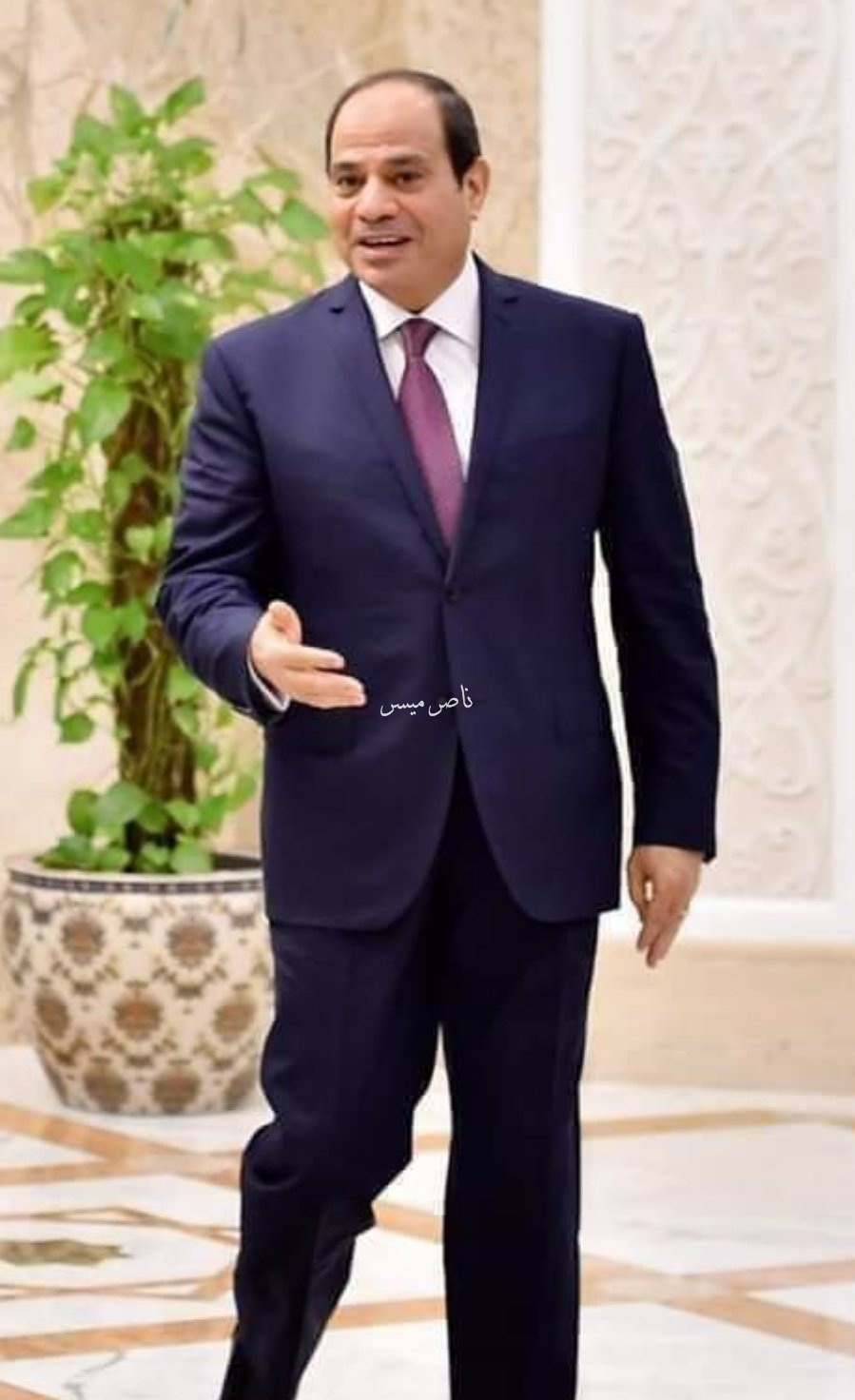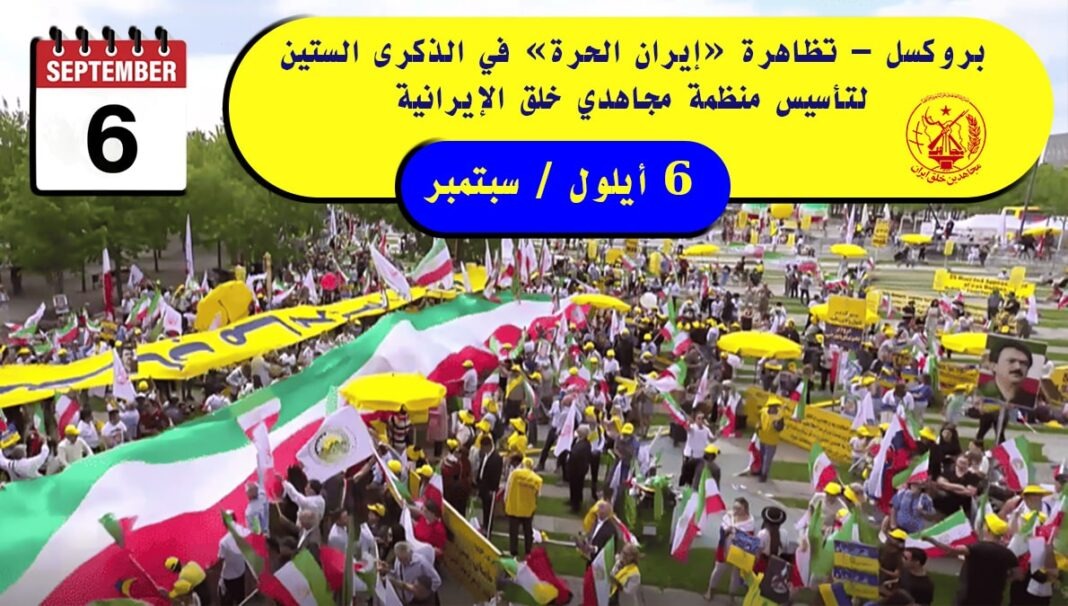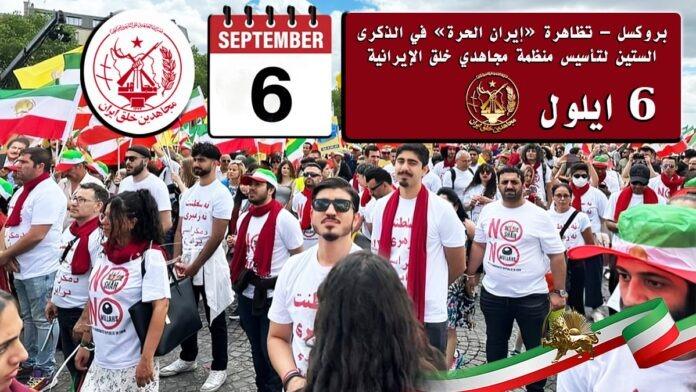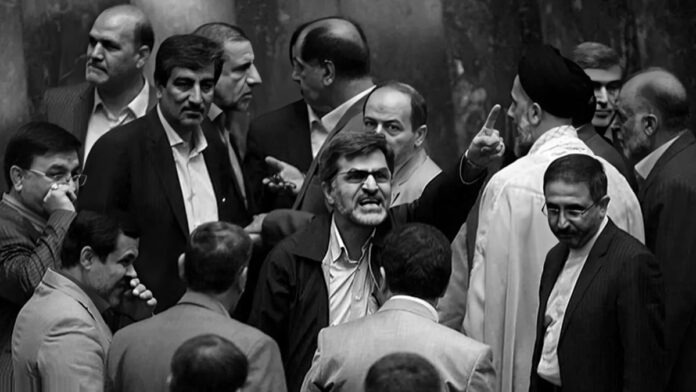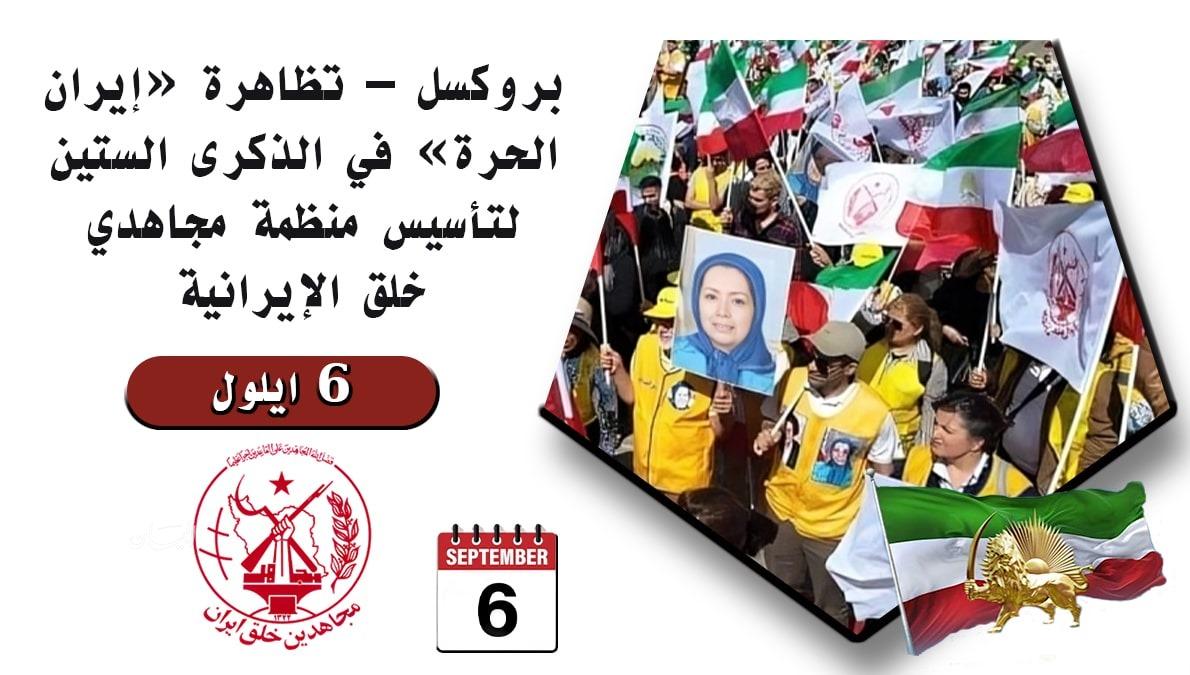George Maher
Among a worldwide media coverage, the colossus of King Ramses II arrived safely today Thursday 25th January 2018 to its permanent display area at the Atrium of the GEM, to be the first artifacts on show in the museum in preparation for its soft opening end of this year.
This is the fourth time that this colossus has been moved. The first was since 3000 years ago after being carved in Aswan quarry to Mit Rahina archaeological site in Memphis necropolis to be displayed at the façade of Ptah Temple.
In 1955, late former president Gamal Abdel Nasser decided to move the statue to Bab Al-Hadid (now Ramses Square) in Cairo, after the initiative launched by minister of governmental affairs Abdel-Latif Al-Boghdadi to decorate the streets and squares of Cairo.
The third relocation was in 2006 when former Minister of Culture Farouk Hosni decided to move the statue from the Ramses Square to protect it from pollution, to the headquarters of the GEM. Dr. Khaled El-Enany, Minister of Antiquities explains that the relocation process will be carried out in collaboration with the Engineering Authority of the Armed Forces and the Arab Contractors Company that was responsible for the previous move in 2006.
He continues that over the past three months the statue has been intensively studied to assess its condition before transportation. Safeguarding procedures have been put in place, and the foam rubber covering the statue has been replaced with stronger material and weak points consolidated.
Dr. El-Enany added that the whole procedures have cost about 13.6 million Egyptian Pounds including all necessary steps for the consolidation, packing and unpacking of the statue and preparing the road with a special material to bear the weight of the 83 ton colossus.
On his part, Eng. Mohsen Salah, Chairman of the Arab Contractors Company said that the statue is to be transported in its iron cage, and it has also been hung on a steel bridge like a pendulum to allow it to move freely during the 400m journey He continues that the company designed a Hydraulic lifting system that works in both directions and this system was applied and tested in the Netherlands under the supervision of specialists from the company.
Dr. Tarek Tawfik, Supervisor General of the Grand Egyptian Museum said that the museum is expected to be open totally in 2022, and its soft opening will be at the end of this year. It will include the atrium, the Grand Staircase, and the Tutankhamun hall. The golden king’s gallery will put on show for the first time its whole treasured collection which includes of 5,200 artifacts.
The colossus of Ramses II was discovered in Mit Rahina archaeological site in 1820 by the Italian adventurer Giovanni Caviglia along with another similar one that still on site. The statue was discovered broken into six parts and the adventurer tried to move it to Italy but he couldn’t because of its heavy weight. When Mohamed Ali Pasha ruled Egypt, he decided to offered the statue to the British Museum in London but failed for the same reason.
The statue stood in its place at Mit Rahina until it was transferred to Ramses Square and from there to the Grand Egyptian Museum






